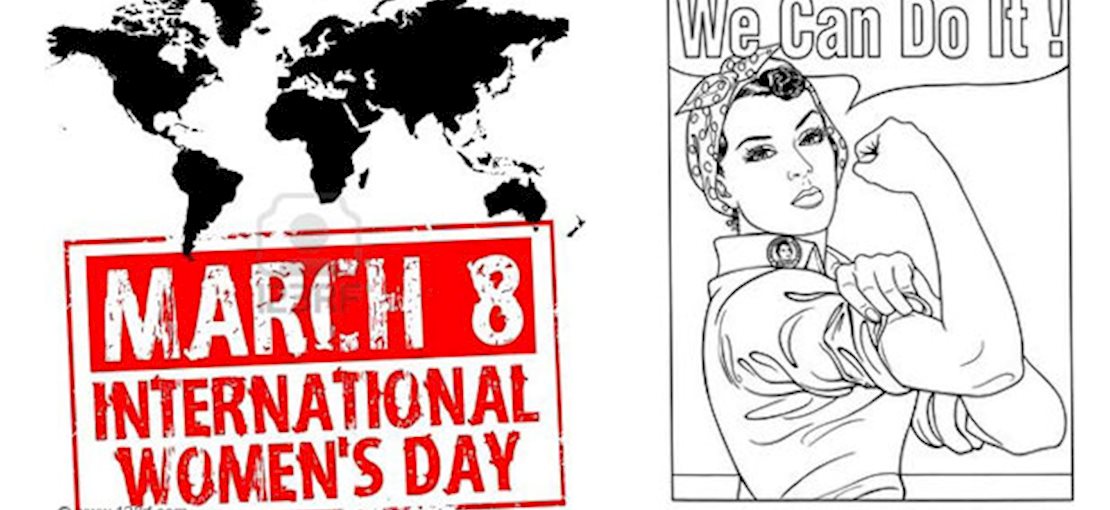As highlighted by the United Nations Sustainable Development goals (SDGs), STEM fields pave the way for solutions to global challenges such as climate change, global health epidemics, and increased income inequality. By the same token, the SDGs focus on gender equality as it relates to equal access to higher education for women and men alike. Today, a growing demand for professionals in STEM is met with a significant labour shortage. Yet women who represent over half the world population, are often underrepresented in STEM fields. The UNESCO Institute for Statistics estimates that women make up just 28 percent of scientific researchers worldwide.
Girls are underrepresented in STEM fields and women remain underrepresented with a mere 24 percent of women working in the STEM careers. Although we have certainly made progress in this area, we are still a long way from reaching a proposed goal of 50 percent. The low levels of participation of women in STEM can be traced to their school years where influences from society and culture, education and the labor market all play a role. As UNESCO Bangkok’s 2015 publication - A Complex Formula: Girls and Women in Science, Technology, Engineering and Mathematics in Asia explains, it is important to stimulate, encourage and support fair and equal opportunities for girls to engage in STEM-related subjects at school, and to draw more girls and women into STEM fields of study and professions.
Just as collective action and shared responsibility drive gender parity making International Women’s Day successful, everyone plays a role when it comes to raising a girl’s interest in STEM. Per the 2017 Global Education Monitoring (GEM) report produced by UNESCO, all global communities need to be held accountable to provide universal quality education and achieve the Sustainable Development Goal for Education (SDG4). Governments, companies, charities, educational institutions, networks, associations, and the media can all play a role in pressing for progress toward gender parity. As the report emphasizes, no one actor can be fully held accountable for educational problems as all share the responsibility.
When it comes to the low participation of girls and women in STEM, this can be traced to socio-cultural and labor market preconceptions focusing on career choices and perspectives. Gender-sensitive policies, teacher training and recruitment, and ensuring learning materials are free of gender stereotypes also play a role. Other psycho-social influences shape student attitudes toward STEM subjects and future career paths.
It is now more important than ever that all constituents work toward increasing the representation of girls and women in STEM. Parents need to start at home by encouraging their girls to participate in STEM related extracurricular activities and summer programs. Educators need to provide appropriate funding for equipment and resources for girls in STEM, enact gender responsive career counseling while putting their curricula and learning materials under rigorous review to ensure they do not promote gender stereotypes. Governments need to take gender-responsive action to create more opportunities for girls and women to study and pursue careers in STEM, provide data that is dis-aggregated by sex, as well as invest and review education policies to stimulate interest in STEM-related subjects for girls. Organizations need to put together scholarship programs that target women and girls in STEM. Corporations need to support recruitment initiatives and innovative development efforts to eliminate biases about girls in STEM.
In short, it takes a global village to raise a girl in STEM. There are many notable companies, countries and organizations who have taken the lead in closing the gender gap in STEM. Beginning March 8, 2018, and in honor of International Women’s Day, let us all work harder to press for change.
GainVille Learning Center
17 Ames Avenue, Rutherford NJ 07070
201.507.1800 • gaincontact.com






Add A Comment
Thank you for your comment.
Sorry! There was a problem with your comment submission. Please try again.
Comment
Allowed HTML: <b>, <i>, <u>, <a>
Comments
Thank you for your comment.
Sorry! There was a problem with your comment submission. Please try again.
Thank you for your comment.
Sorry! There was a problem with your comment submission. Please try again.